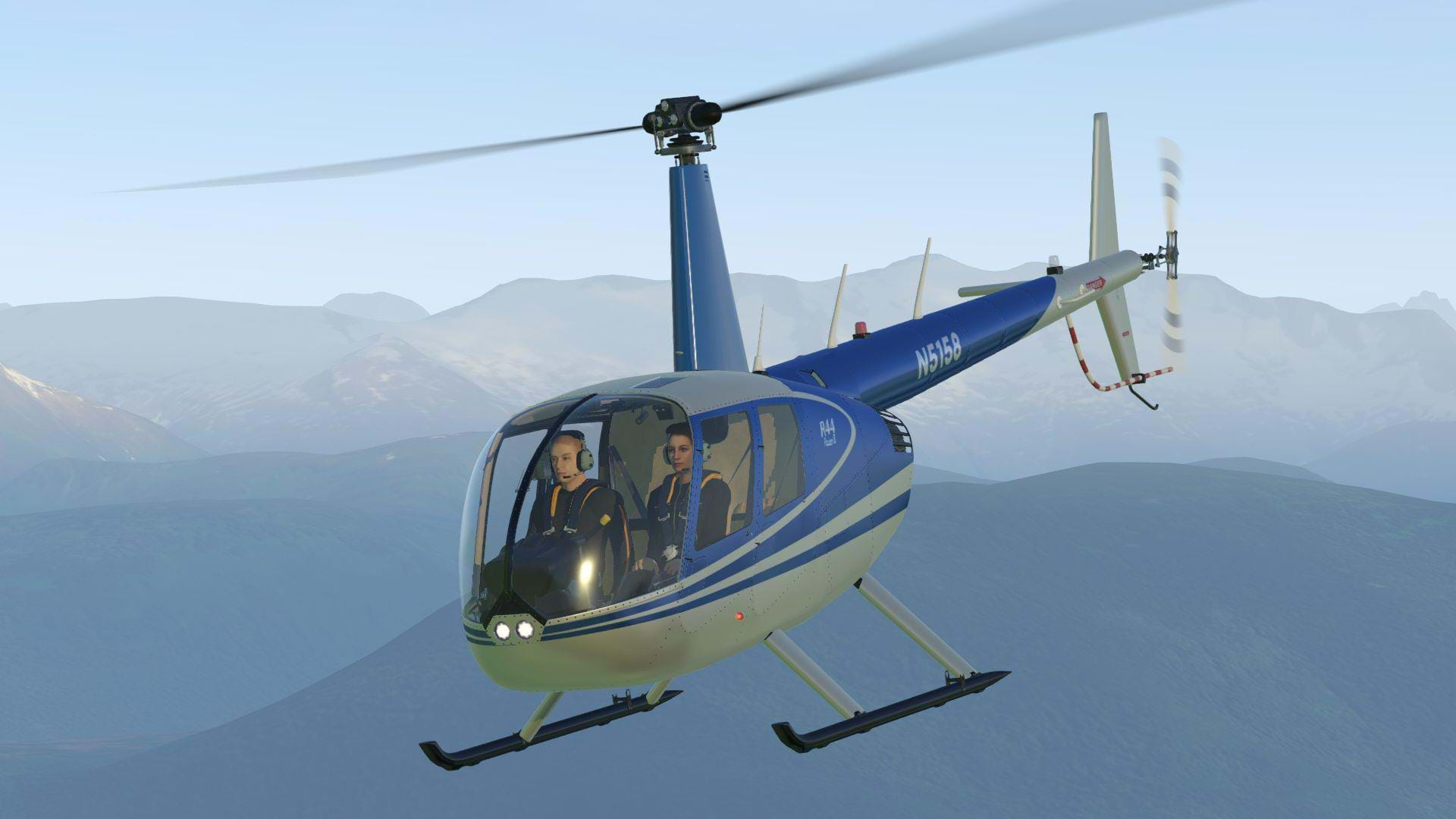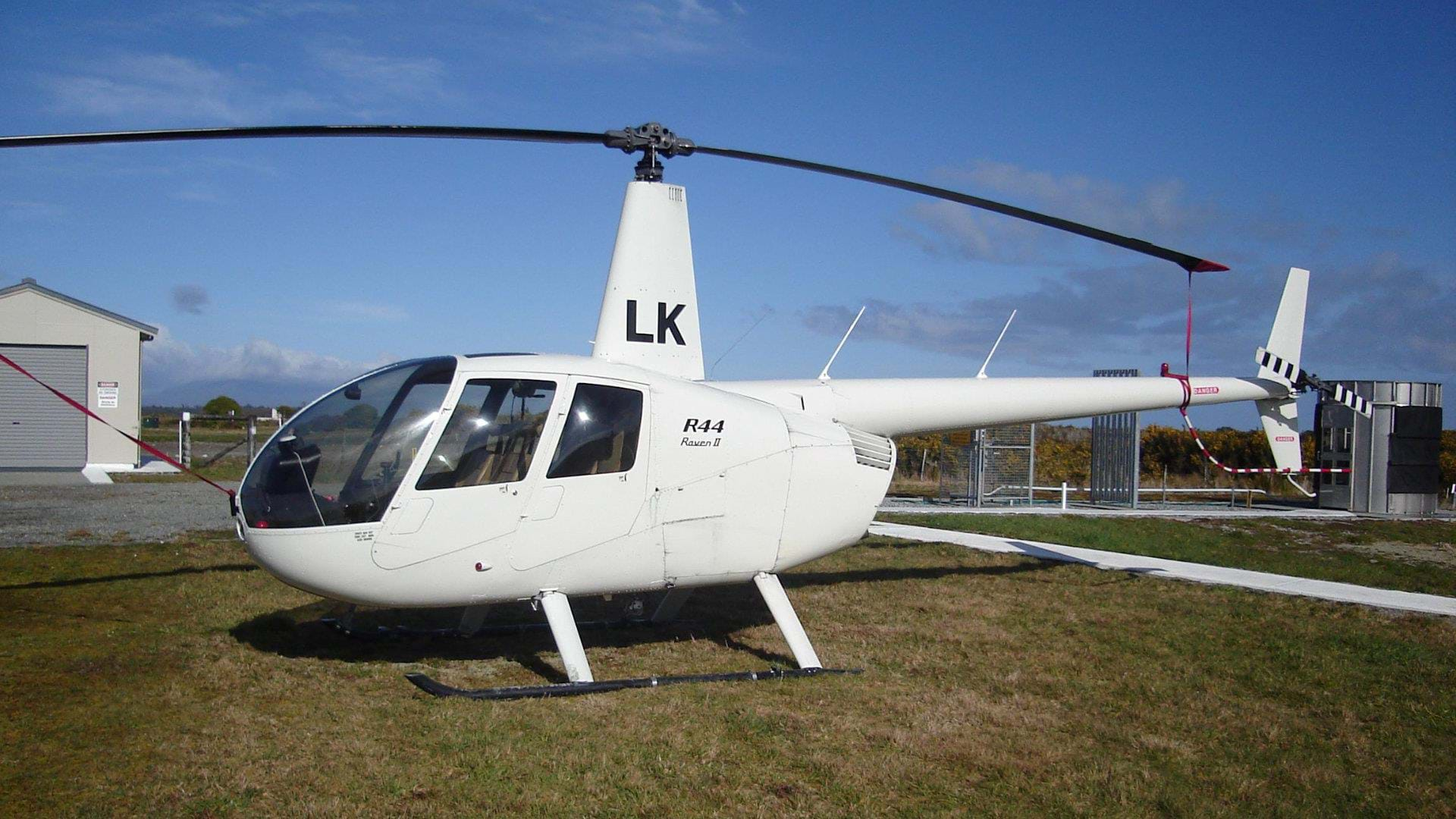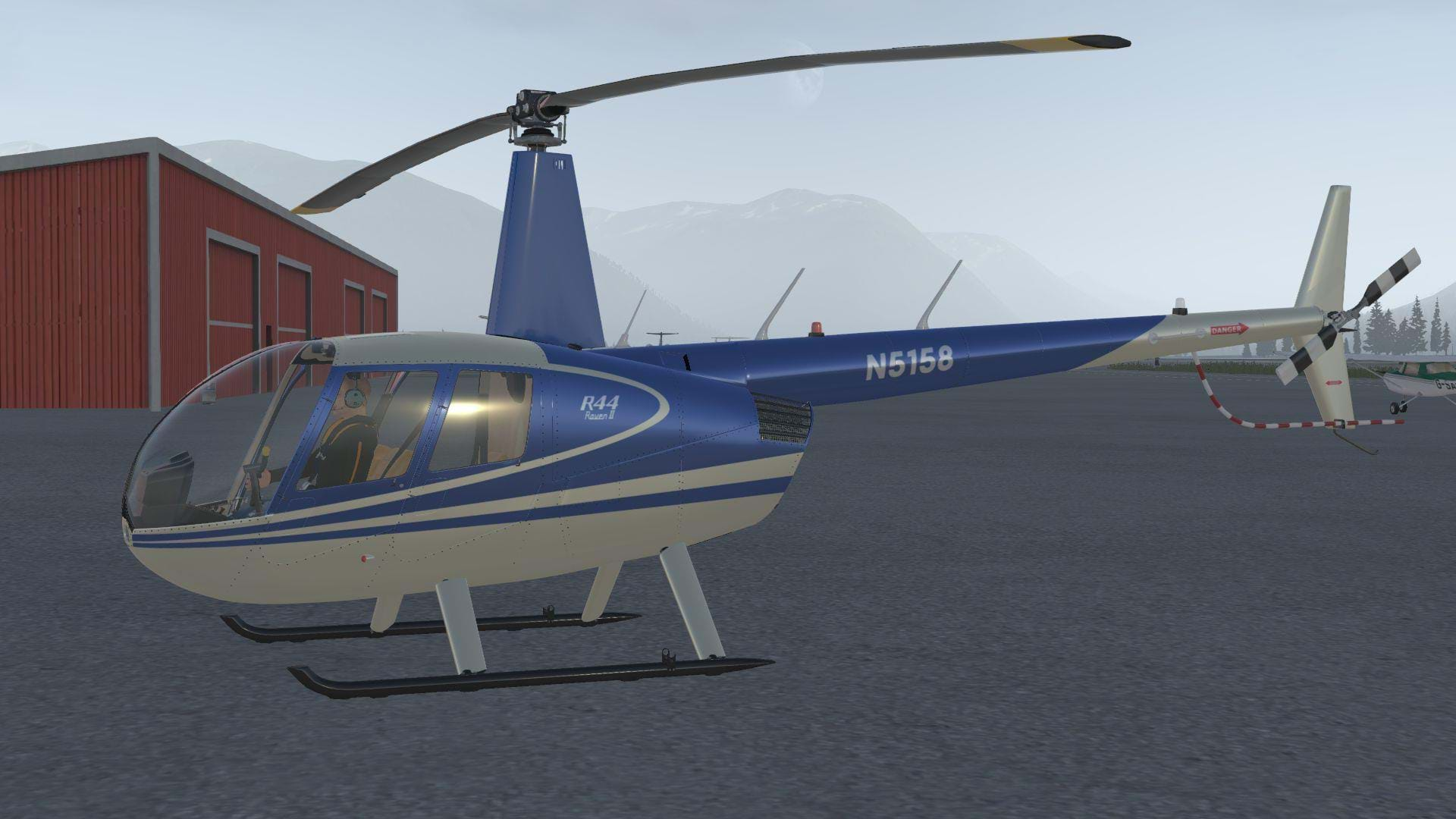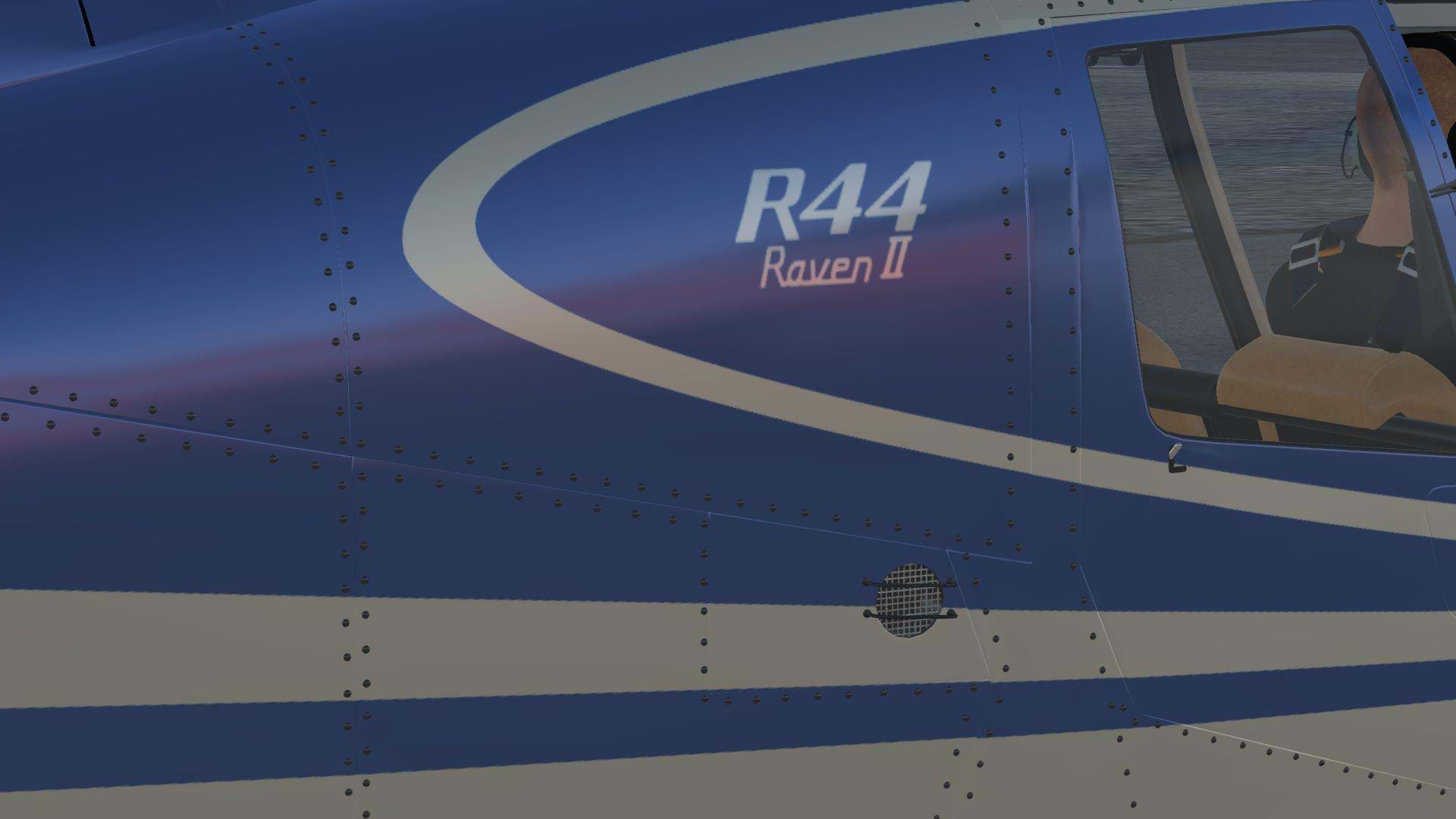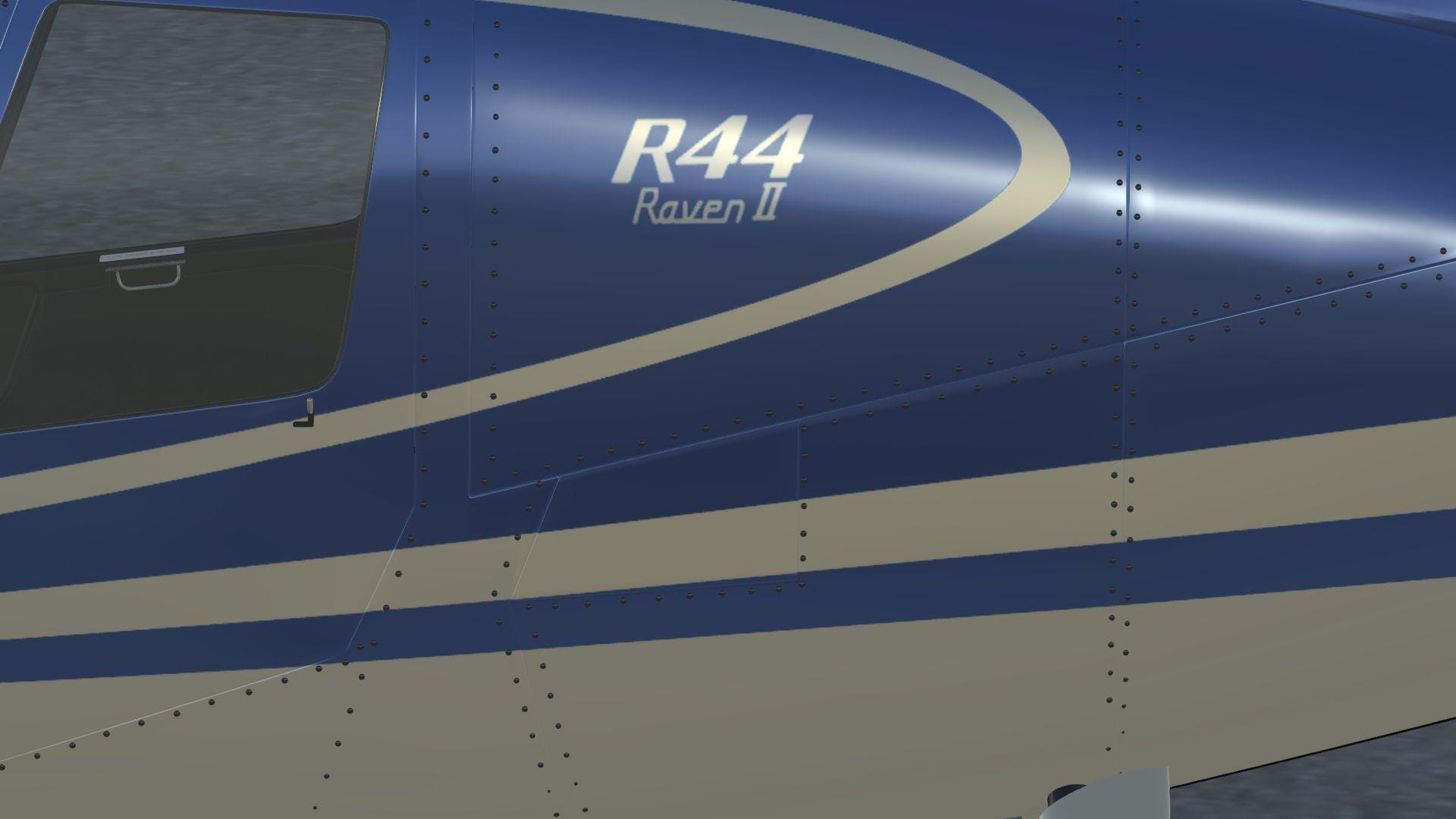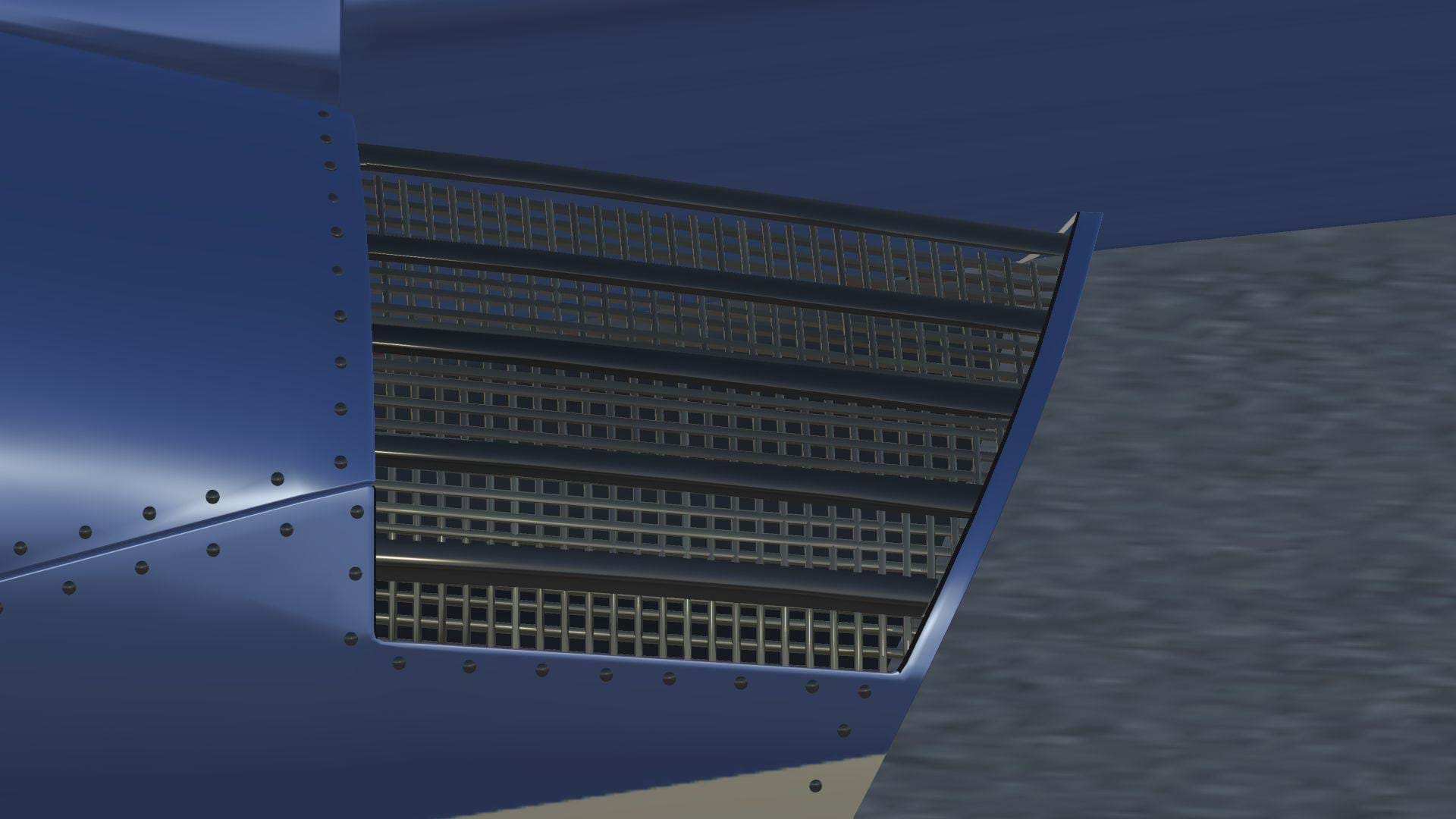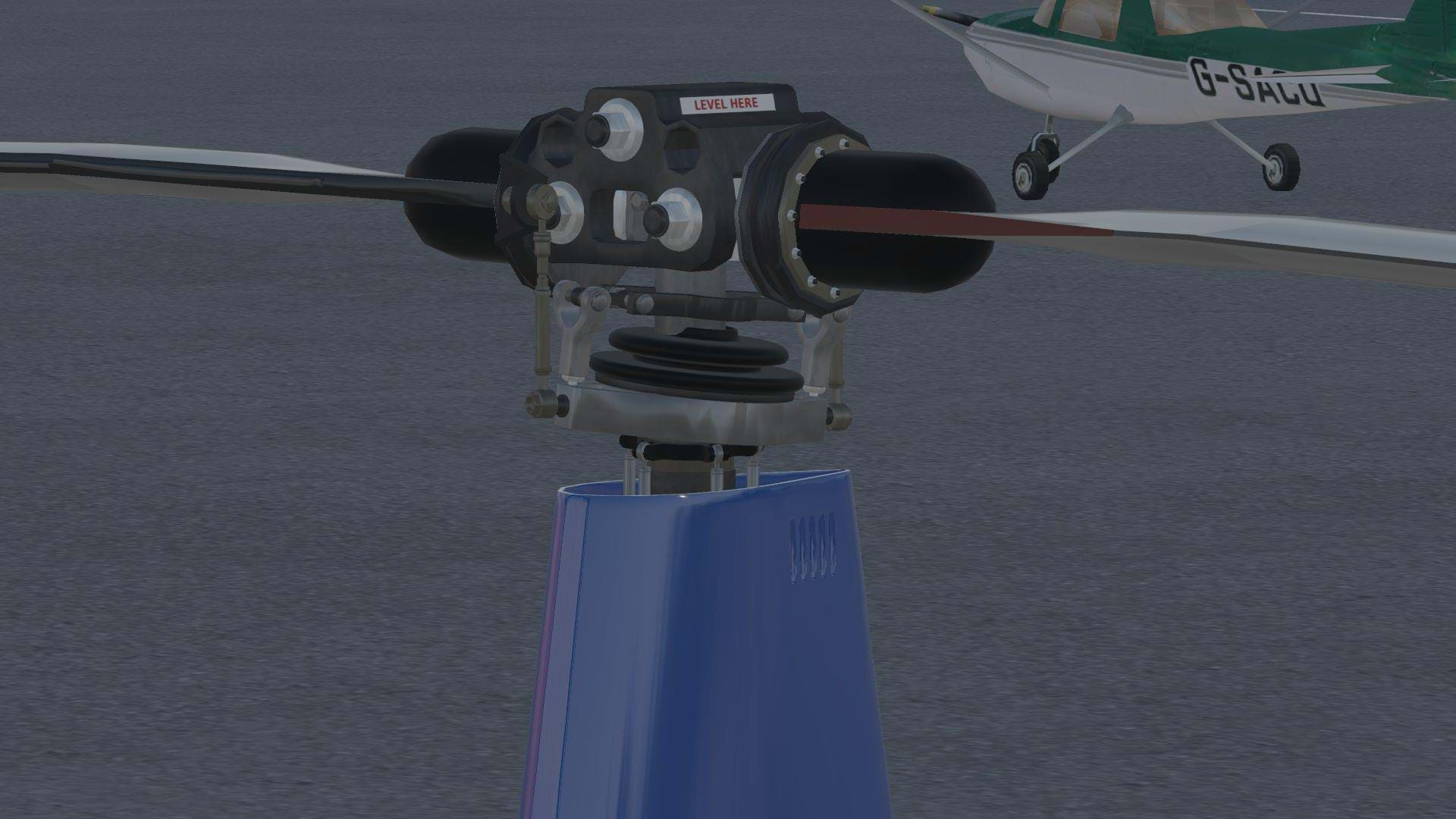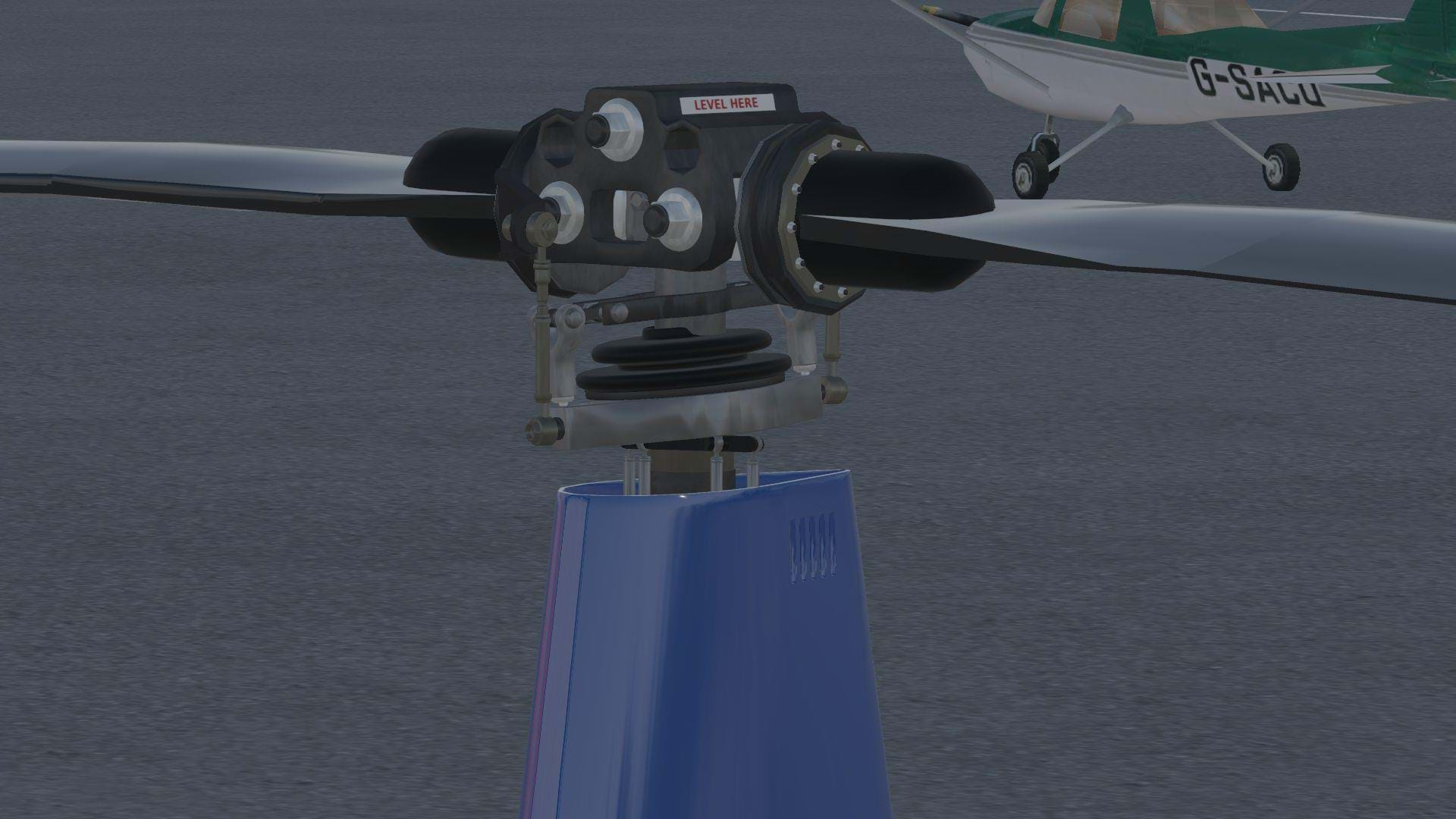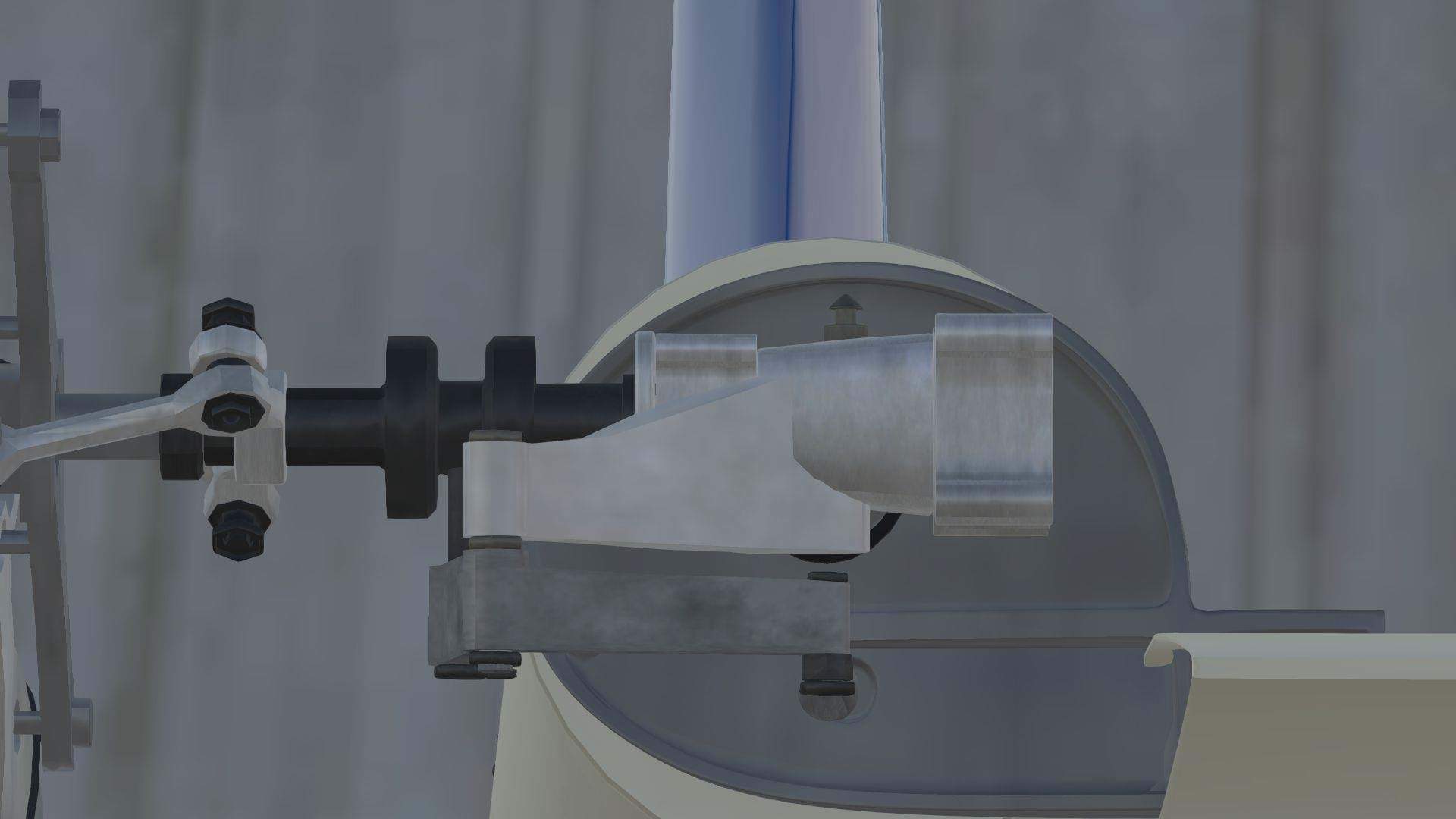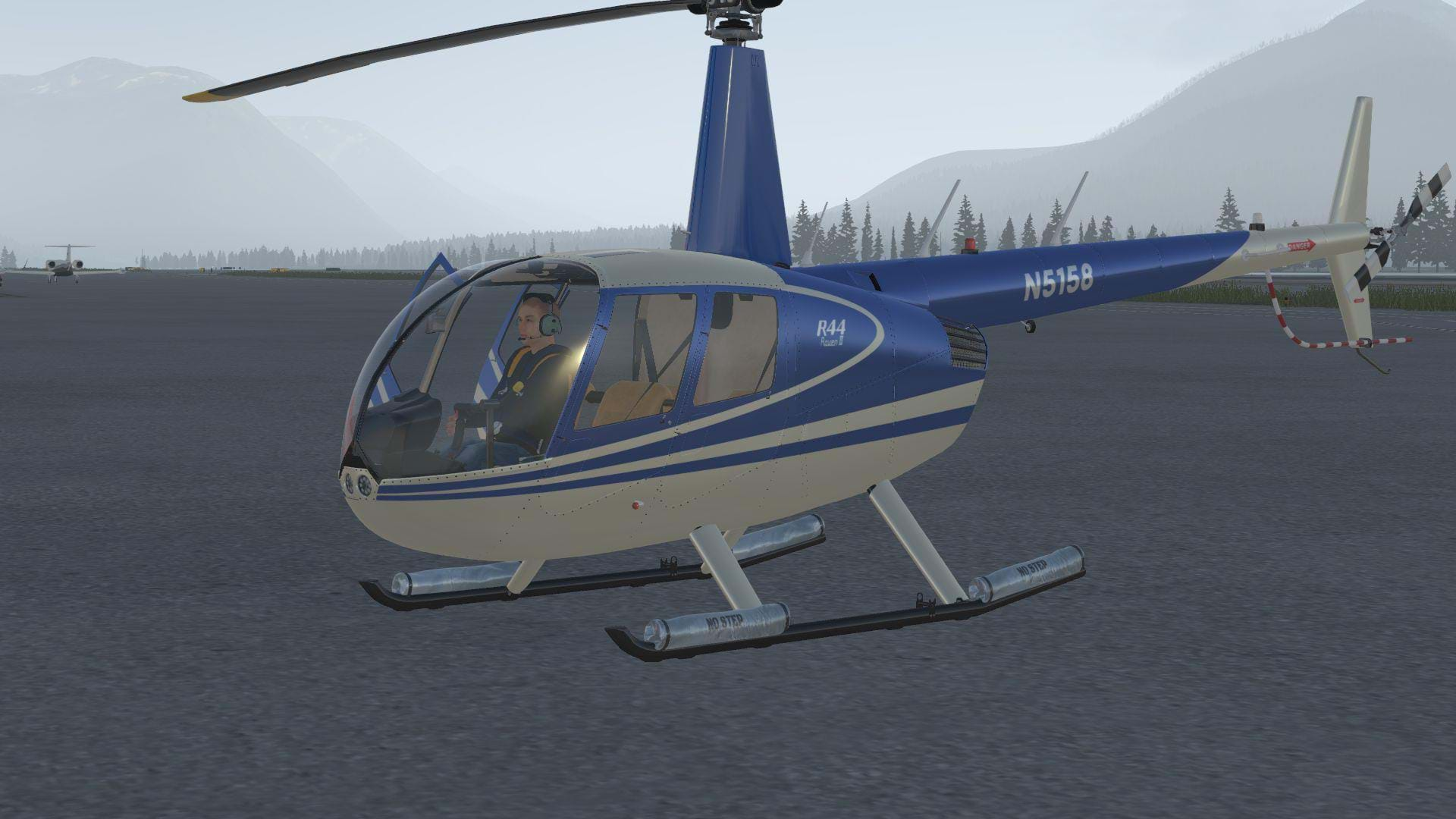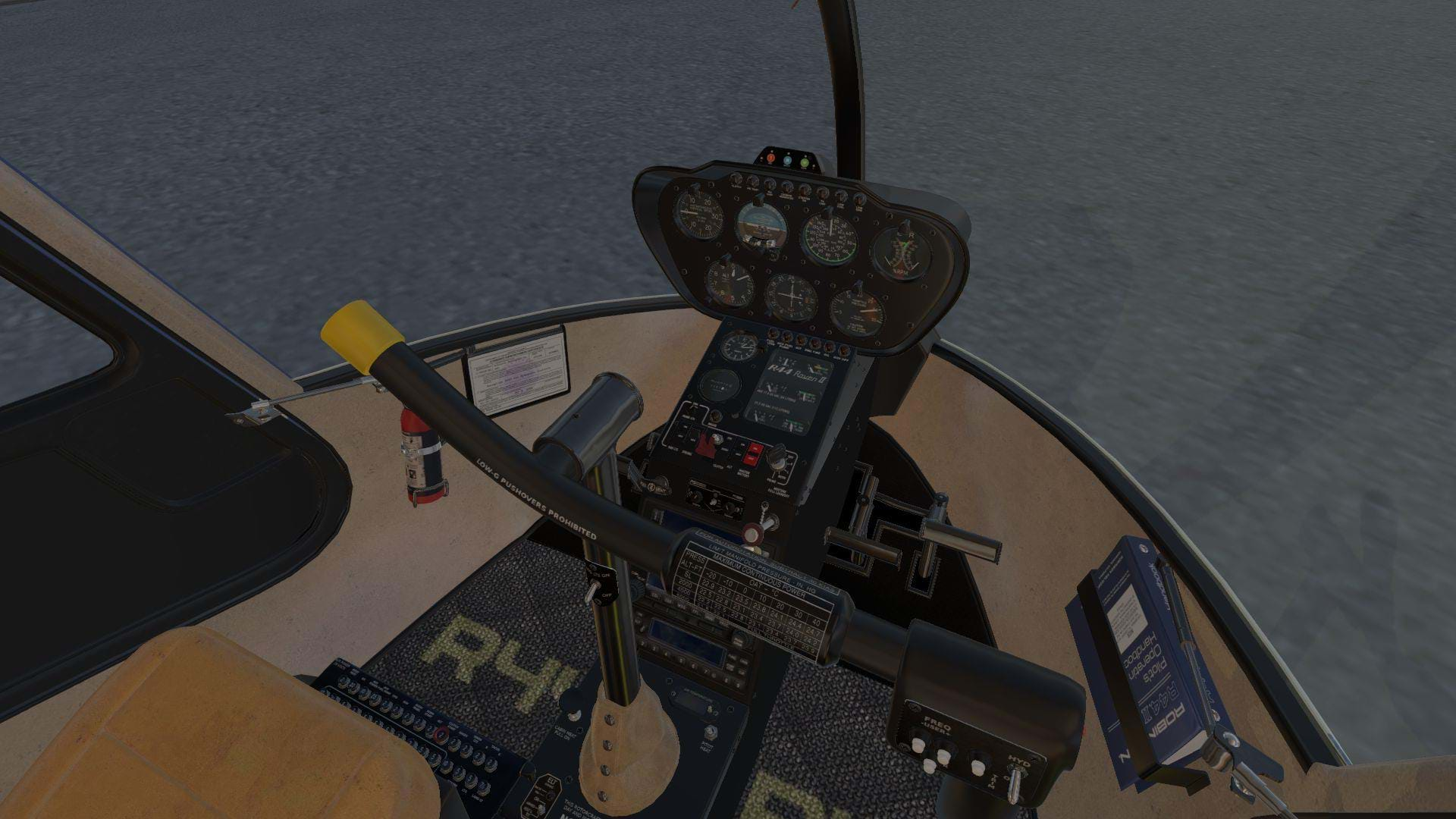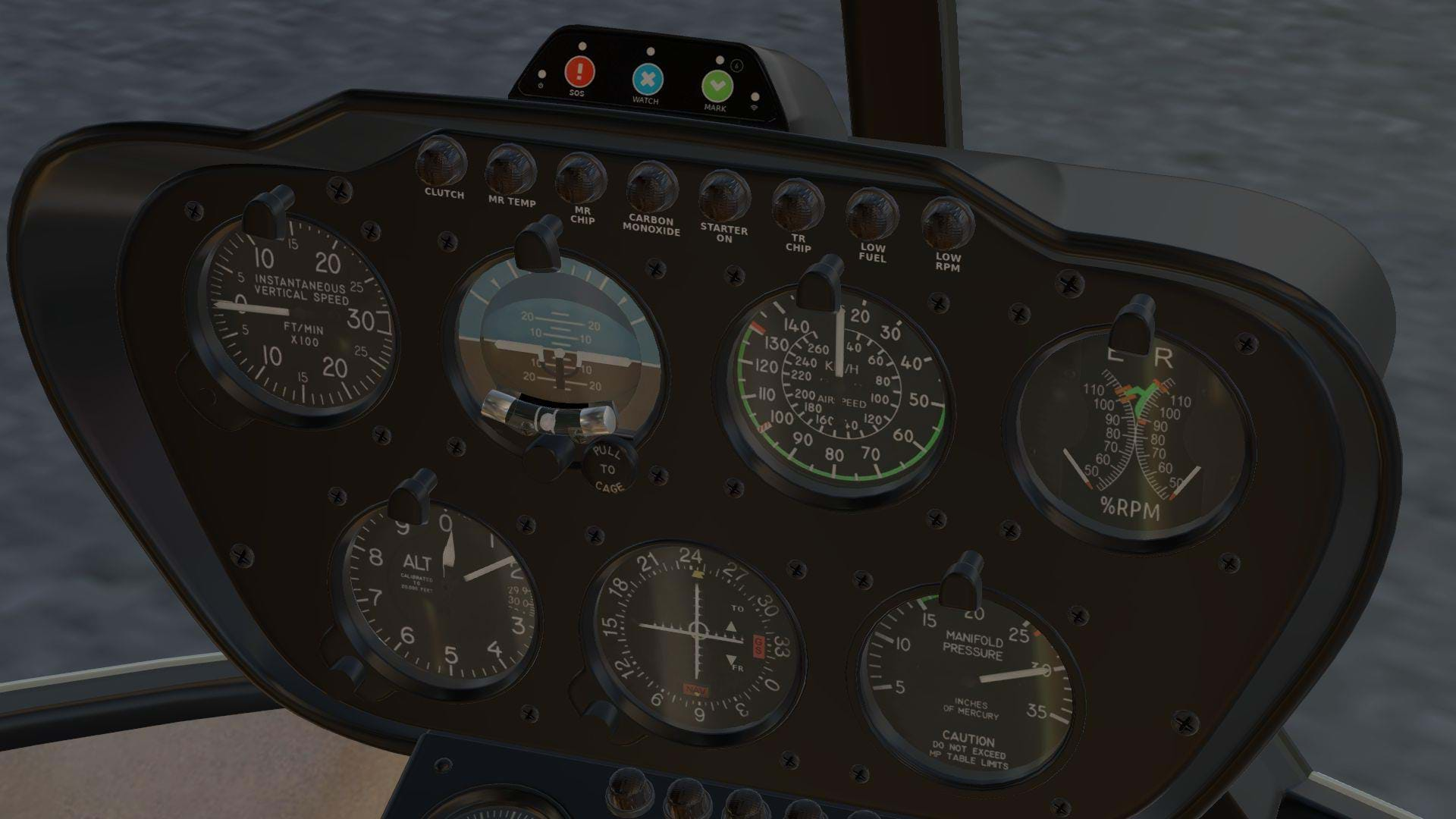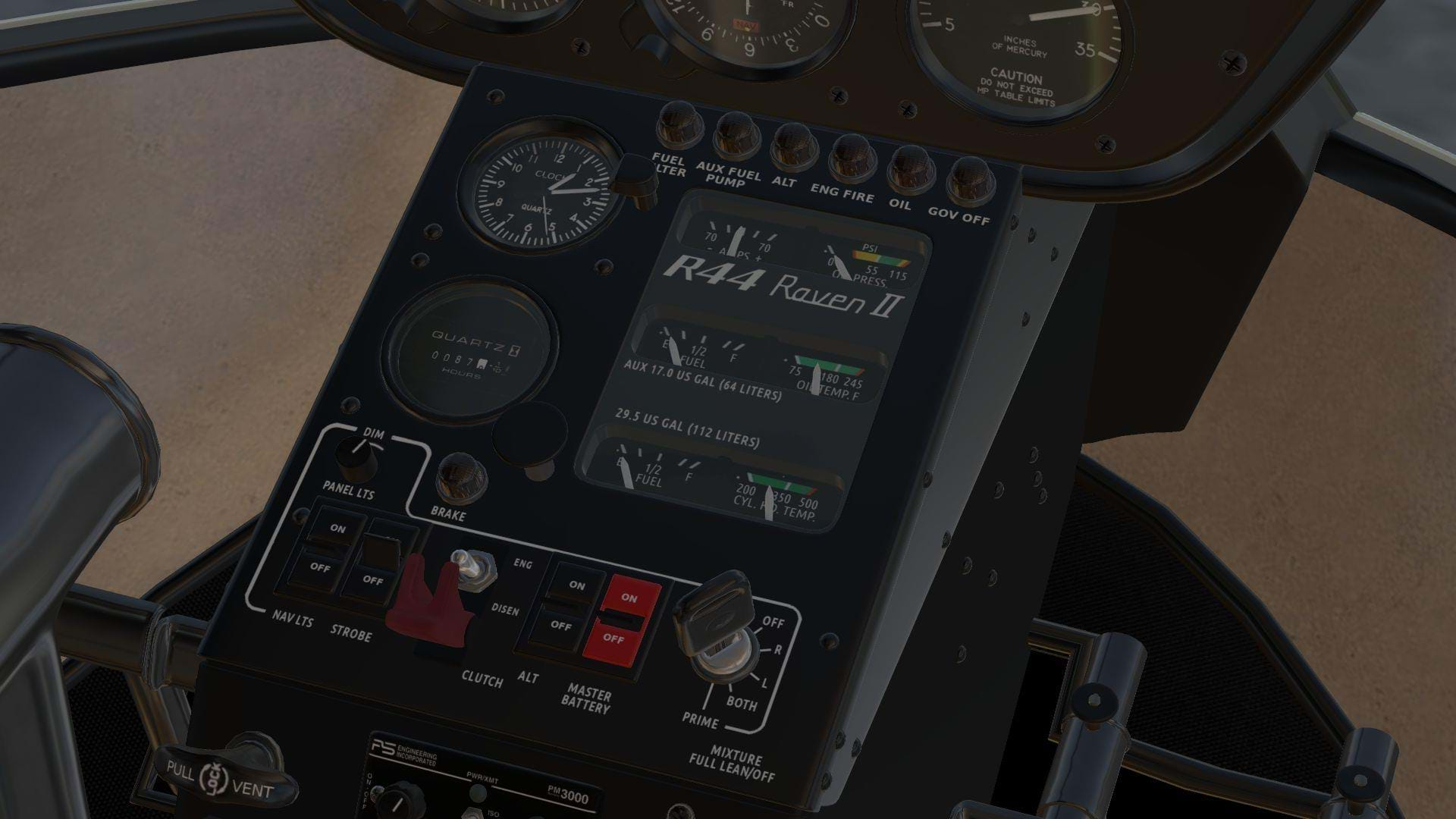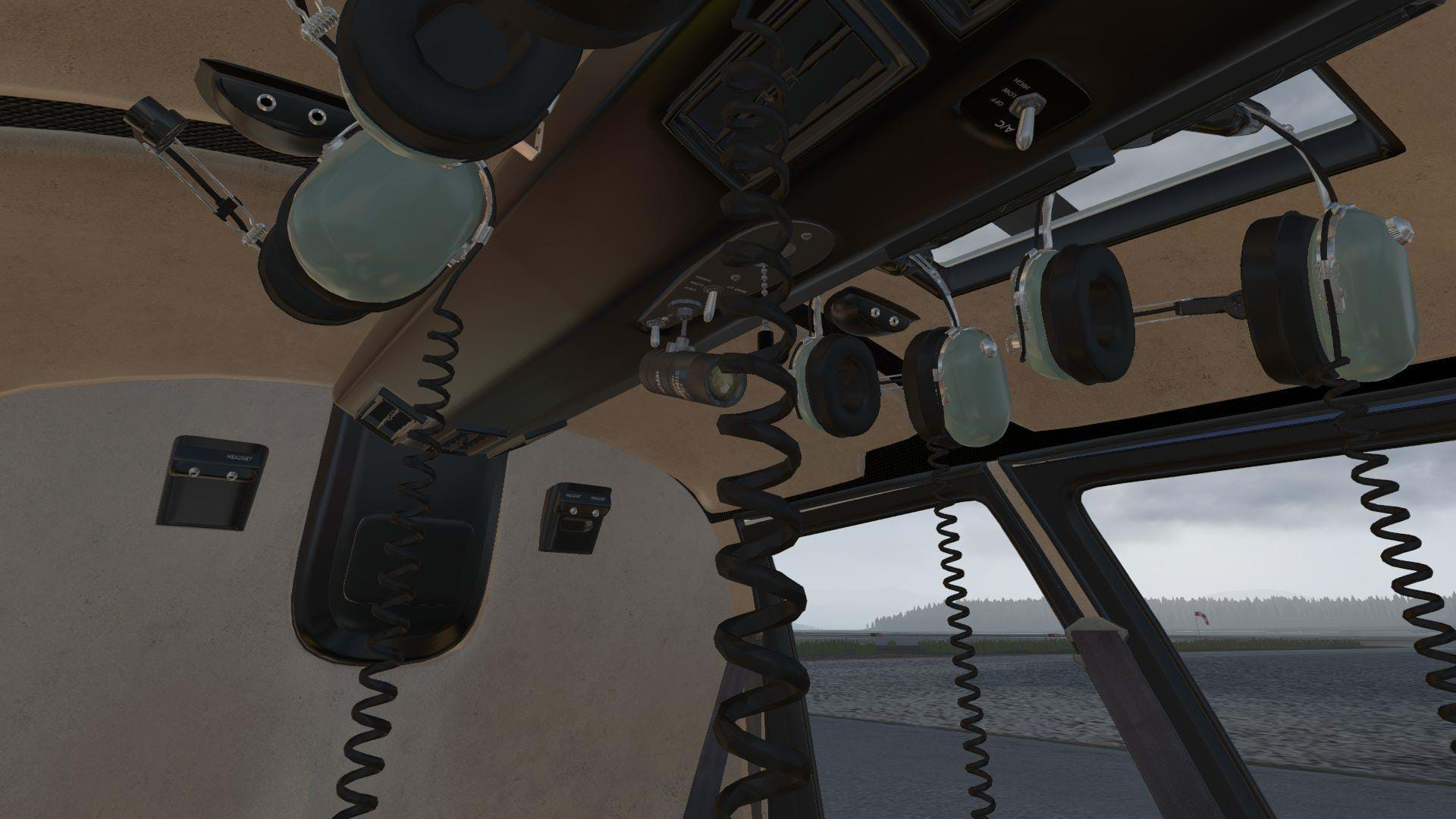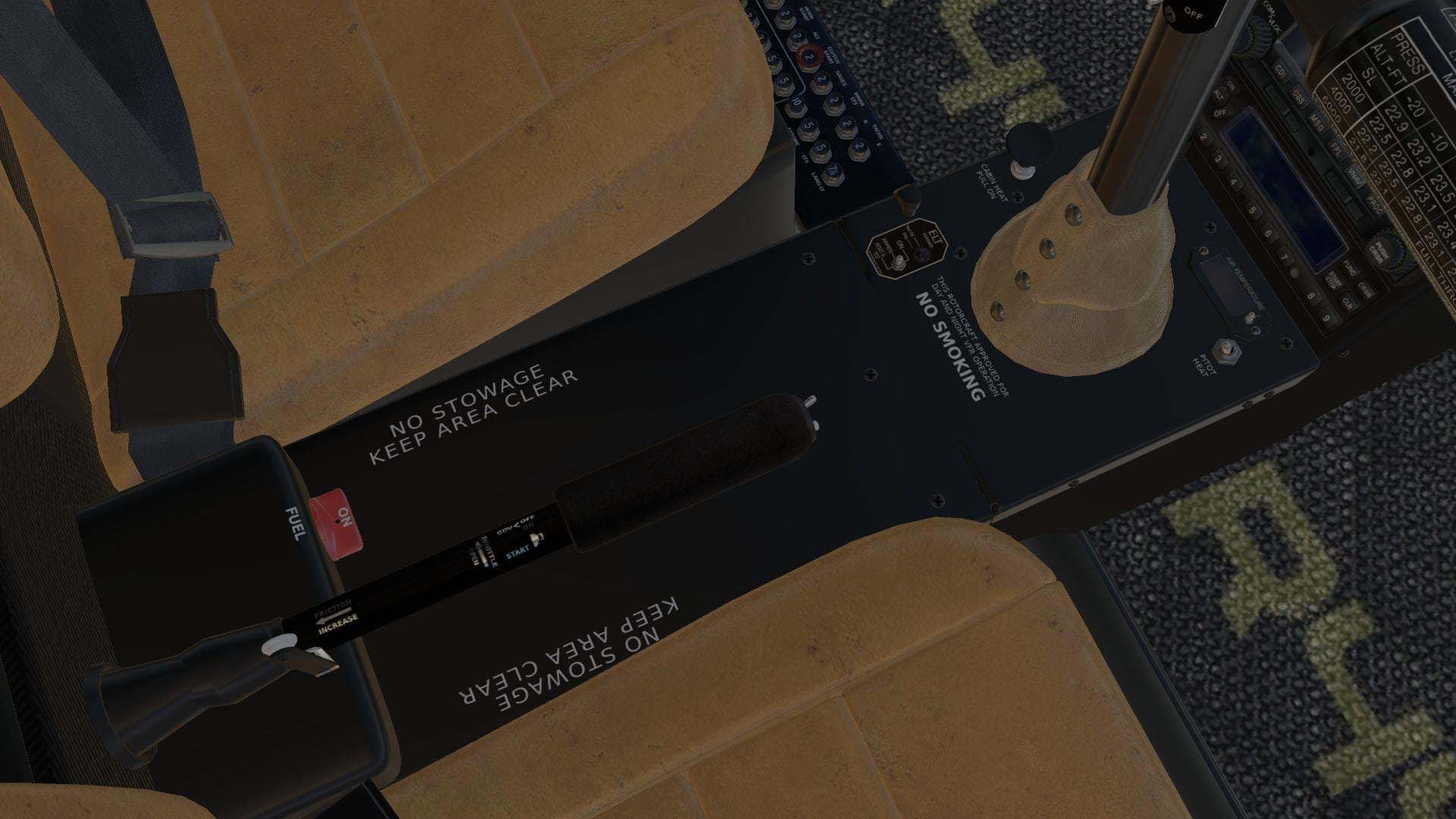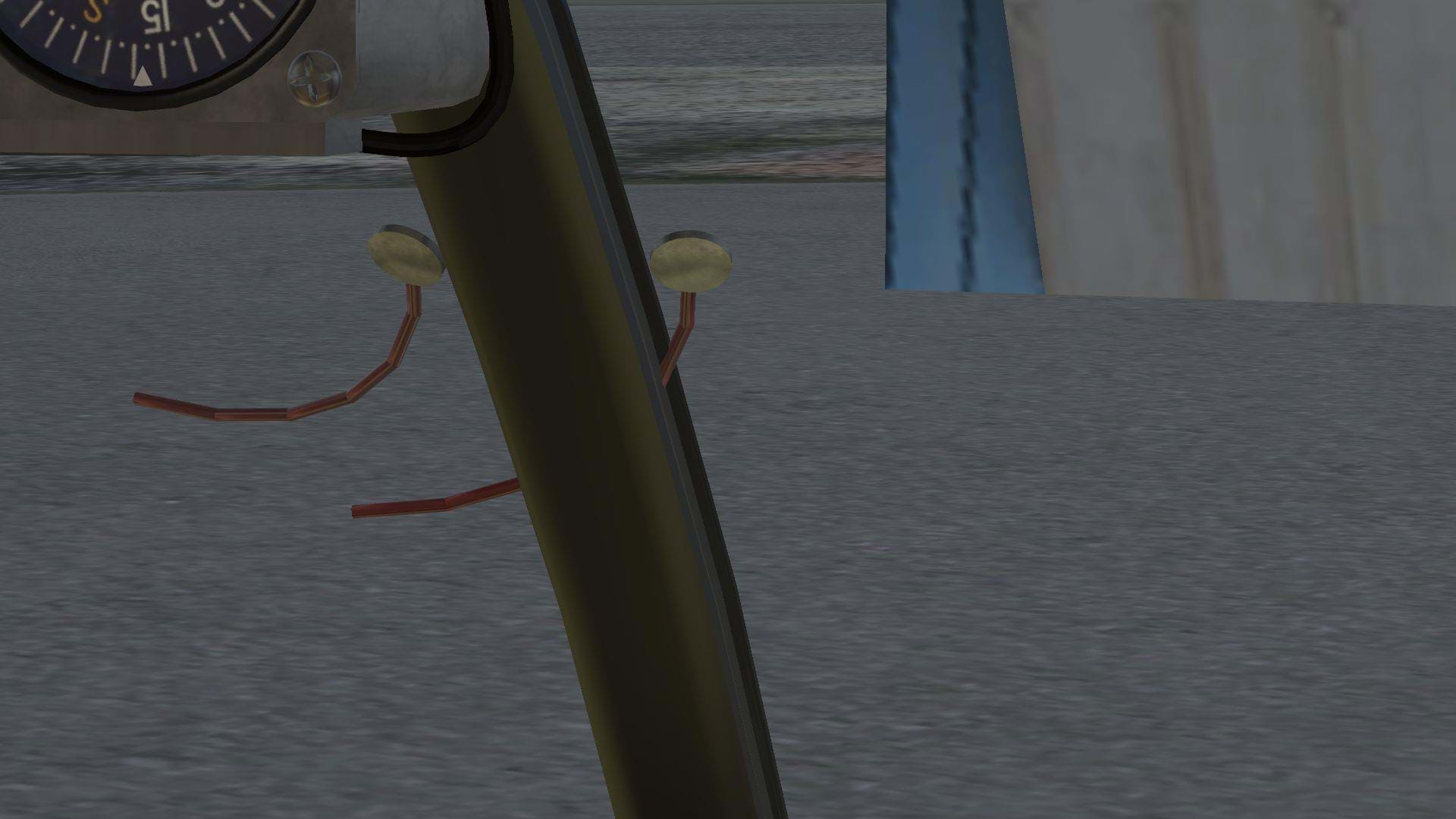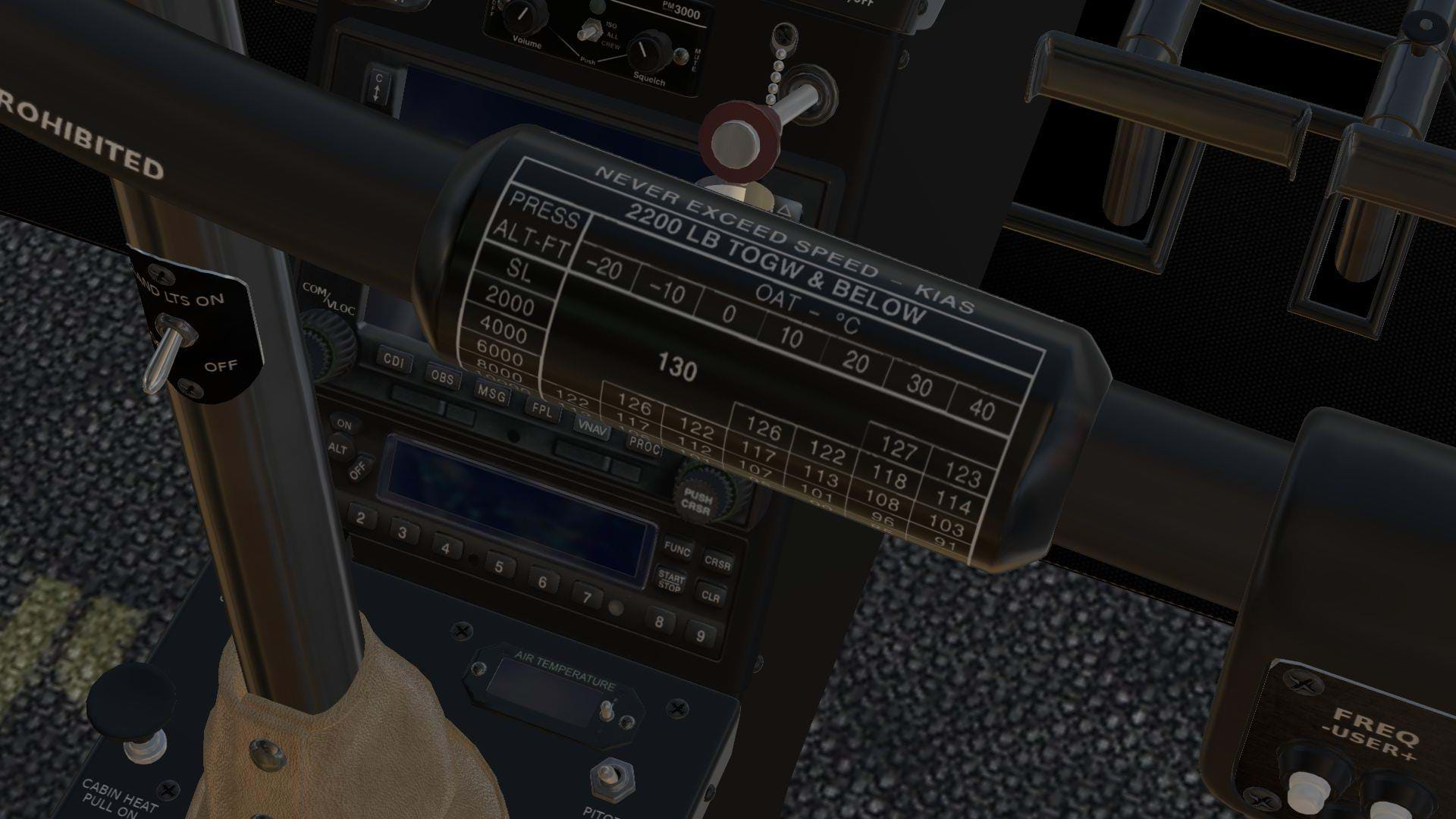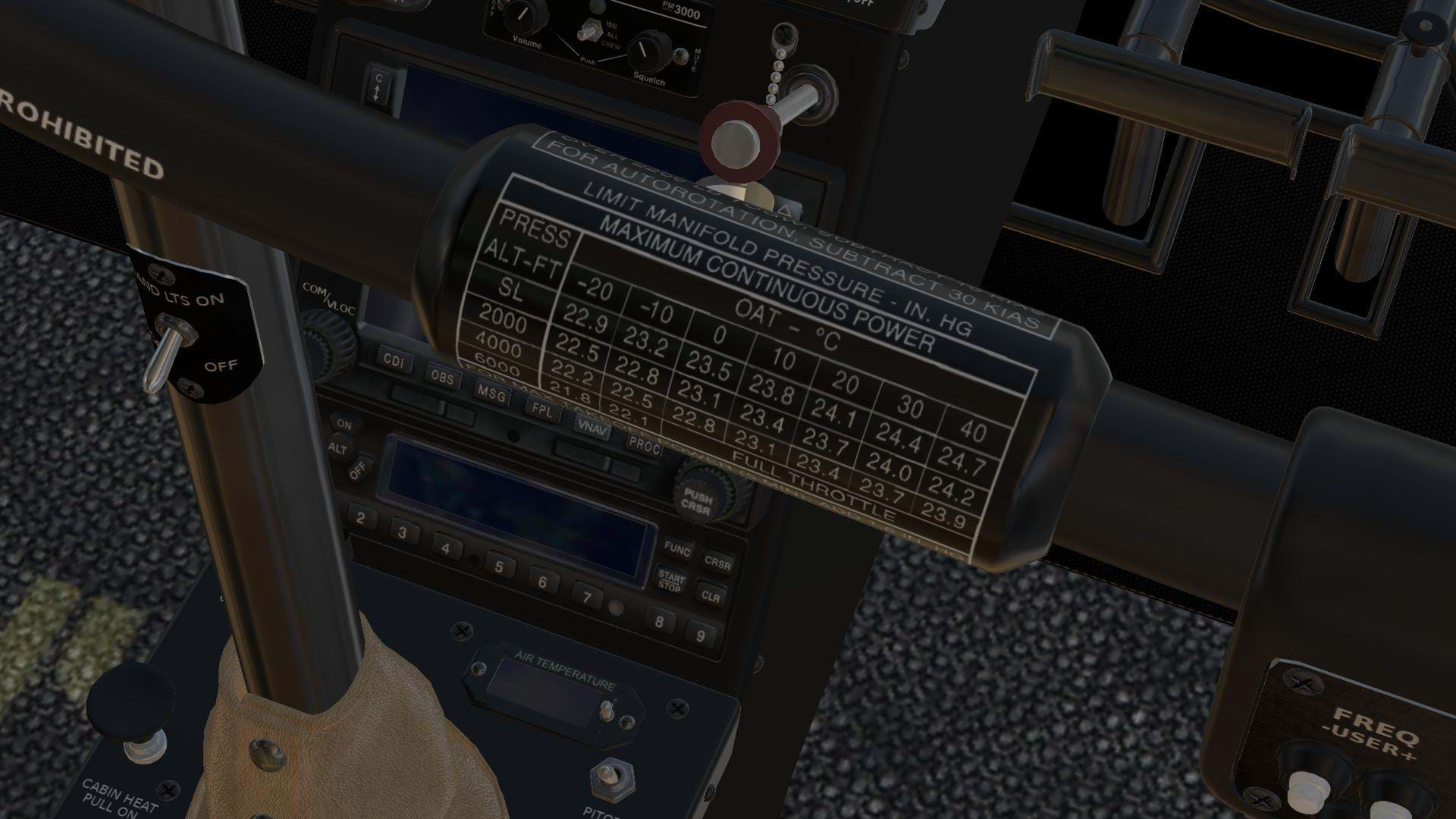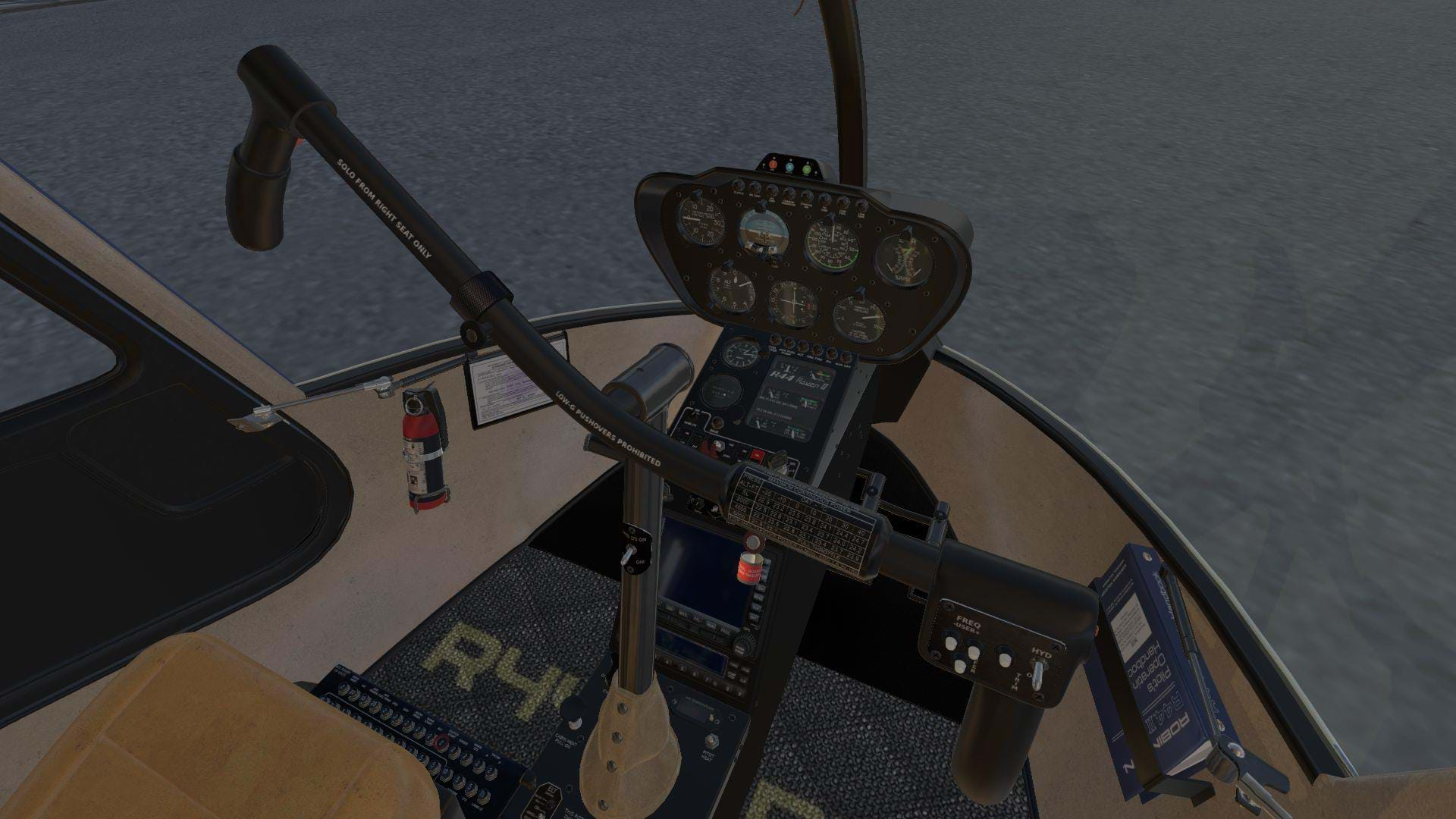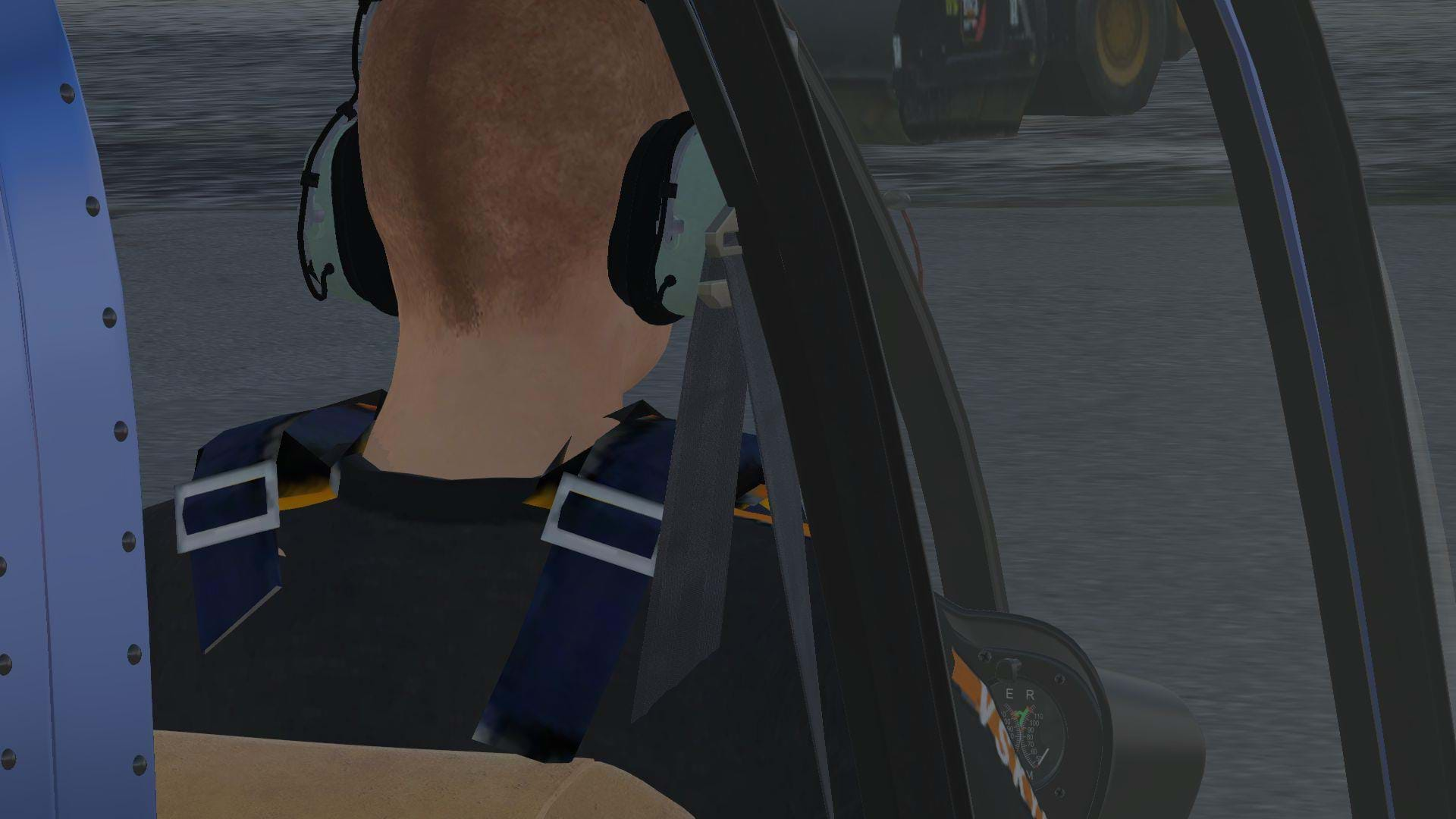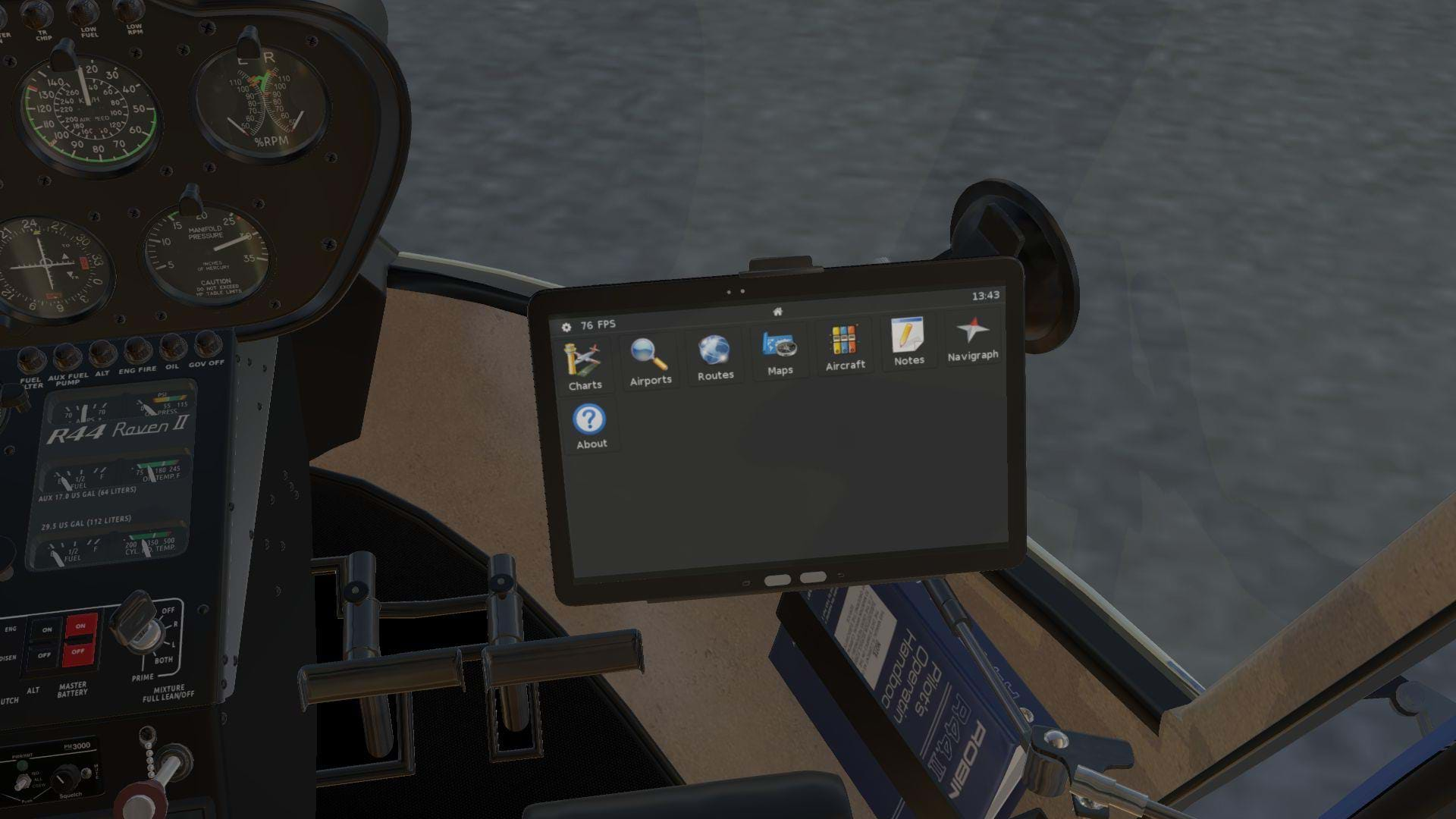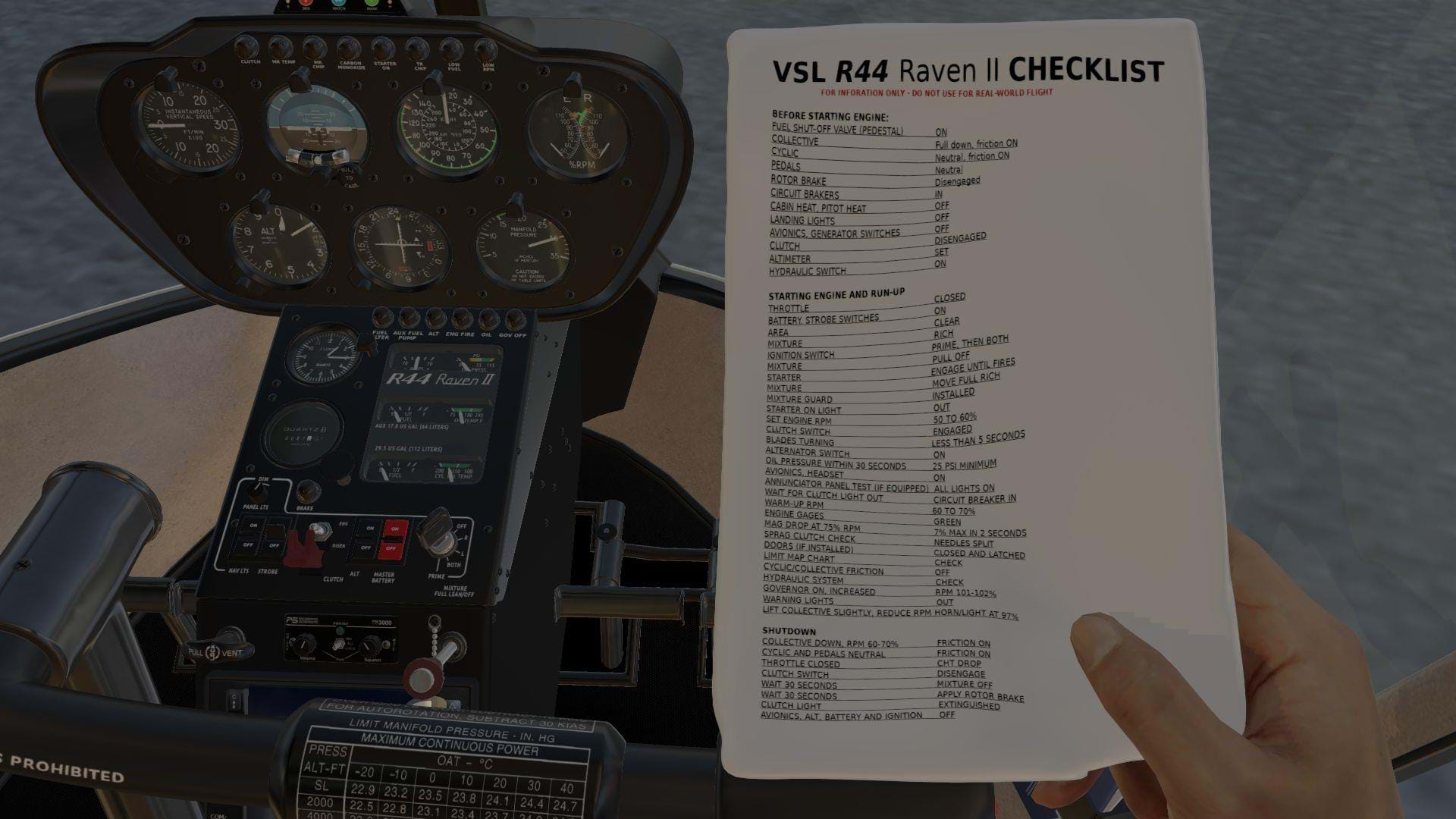The other day I was looking through my photos. I came upon a collection of photos of the time I flew an R44 across, or at least almost across Australia. A nice Raven II with air conditioning and 17 hours of flying across what has to be the most boring terrain known to man.
We went down and chased wildlife at one point we were so bored. At the time, I wished I could’ve done it in a Bell 206 or Hughes 500 but now, more than 3000 hours of flying later, I’d definitely want to do it in the R44 over either of those machines. I’m not going to write the history of Robinson or the R44, almost all of that has been covered in my other articles .
The VSKYLABS R44
VSKYLABS (hereafter known as VSL) are at it again.
First Robinson off the rank was the R66 and now they’ve come at us with the R44 Raven II. The R44 is the most popular light helicopter of all time and now more than ever with the ‘Cadet’ version coming into service to join the Astro, Raven and Raven II models, they are becoming a more popular pilot trainer although the majority of people are still using the smaller R22.
The Raven II is powered by a Lycoming IO540 as opposed to the normally aspirated O540 on the Astro and Raven models. Although it looks very similar, the dimensions are quite different to the turbine powered R66 and the two share very little in the way of components.
.
Download and Installation
The downloadable file is around 250mb and uncompressed in the Extra Aircraft folder, the size is around the 390mb size. All very simple really as it should be.
Model and Textures
The first time I loaded this in the sim, I knew that there was something wrong with the model. The way it looked just didn’t seem right to me. It took me a few days to figure out, but the fuselage is the wrong shape. Particularly the bottom of the fuselage but there’s something about the nose that doesn’t sit right either.
The tail shape is suspect too, but it might just be the lighting in the sim that confuses the issue. A bit of a disappointment considering how good VSLs models usually are.
It might not seem like much of a difference but for me to notice it instantly must say something. Otherwise, the dimensions seem about right. There is a sea of different coloured rivets that look too big to my eye all over the model. I’m not sure what was going on with that as the real thing isn’t festooned with rivets like an old Airfix model.
Another strange thing though is the apparent lack of panel lines, particularly around the doors and access panels on the right-hand side of the fuselage. There’s nothing to indicate that there is an openable panel there at all. The access door on the left-hand side is barely visible with no hinges or fasteners present.
Another strange thing, and the shape and size are suspect too is the blower housing. VSL have also added a sort of FOD screen which isn’t present on any R44 I’ve seen and isn’t available as a mod from the factory, so I have no clue where that came from.
Looking at the rotor head, it seems to have inherited the same issues as the R66s that came before it. VSL has gone to all of the trouble of modelling the push pull tubes coming up through the mast onto the swashplate however the rotating swashplate has two instead of one drive links that don’t move the way they should and they aren’t attached to the mast at all.
In all fairness, this is only noticeable when you look at such things stationary on the ground. The blades are of quite an early design, not the -7 (I think that’s what they’re on now) that 44s nowadays have. Not a huge issue. The animations on the model are pretty good except I think the tail rotor animation isn’t quite synched to the speed of the main blades.
The same goes for the tail rotor and gearbox. Although the shape is pretty spot on, there isn’t much detail, and nothing moves when moving the pedals. I think that the tail rotor blade chord might be a bit thick but again, it’s not a big issue.
Otherwise the model is pretty good. It is equipped with the dual light kit for the tail boom, it has the correct heated pitot head on the mast and Xenon landing lights. As usual for VSL, it has the non-working eye candy floats effectively turning it into a Clipper II. Personally, I’m not really a fan as they show by default and the weights on the Clipper II model is actually different to the Raven II.
Moving inside, it’s a pretty good deal all around. VSL have depicted a pretty standard R44 interior with air conditioning (my favourite accessory for flying most of the places that I have) and a Spider Tracks unit on the dash which is available from the factory although, naturally, none of the push buttons work.
The modelling is good although the floor mats are a bit jarring on the eyes. I also found that the warning lights are kind of a poor representation. I know what the developer was going for, I just think there is a better way of handling this.
The ‘woolies’ for indicating slip and skid are the same that VSL used on the R66 and I still don’t know if that is the way that Robinson are doing them now but it’s certainly different to what I remember. There is a small graphical glitch here where one shows through the canopy bow but it’s hardly a big deal.
The gauges are easy to read despite the panel being quite far away. I think the developer has enlarged the needles, probably for VR, so they work quite well. The only one that I had a few issues with is the dual tacho and I had issues seeing where the rotor needle is in auto from the normal flying position.
The cyclic has the later model roller placards on the cyclic t-bar for MAP and VNE. These appear to be correct except that they are in a fixed position and it’s quite hard to read some of the numbers lower on the charts but it’s a pretty minor sort of a thing.
Clicking on the quick release pin for the cyclic extension installs the dual controls. Unfortunately, the pedals on the left side don’t come out at the left side collective doesn’t exist for some reason. It’s a bit of a mixed bag there.
The pilot figure is the same pilot figure that VSL have used for all of their helicopters and to be honest, it’s not great. The seatbelts are part of the model, but they are different to the ones that are on the seat and it just looks untidy.
Exactly the same as the R66. There are also the usual passenger models and are only activated by adding weight. Personally, I’m not a fan of this system of adding pax but each to their own.
The usual deal of having the tablet suctioned cupped to the bubble is present here as is the case with many private pilots and the ‘checklist hand’ is also present as it was in the previous R66 release.
The animations on the model are pretty good except, as I said before, I think the tail rotor animation isn’t quite linked to the speed of the main blades. Small issue though.
To be honest, I’m a bit confused by the model here. There are a number of issues with the external model and texturing that I noticed the very first time I loaded it. The fuselage shape and weird blower screen combined with the battleship rivets and lack of panel lines is, in my opinion is a down step from VSLs usually high standard.
Thankfully the interior is pretty accurate and has a fair amount of immersion.
Systems
The R44 is designed to be a pilot’s helicopter. Easy to understand, maintain and operate. The systems are designed to be idiot proof (if you build something to be idiot proof, you attract idiots… but I digress).
Coming out of a carburetted helicopter as I did when I did my R44 conversion, I did find the injected engine on the Raven II to be a bit tricky to start particularly when it was hot. Starting the sim version is much easier and you don’t have to worry about the fuel vaporising.
I couldn’t notice any difference between starting a cold engine vs a hot engine. I also couldn’t find any issues with over priming or no priming. An understandable omission given that VSL uses X-Planes default flight and systems modelling but it would’ve been nice to have to worry about things like vapour lock.
Everything else in VSLs R44 works more or less as it should. The correct warning lights illuminate when they should, the clutch engaging takes a little while and the RPM gets dragged down by it. The only thing that I can fault is that it takes too much throttle to hold the RPM above 50% but that may just be a perception thing.
The governor takes the RPM at 80% like it should and if you use a hardware throttle then you should have it all the way open before you go flying. The way the throttle behaves in the governed range is a little aggressive until it settles but that’s just XP.
The rotor brake inhibits the starter like it should however, the rotor brake itself is insanely effective. Far more effective than it should be. It’s great that you can vary the amount of force on it but the effectiveness needs to be dialled way down. To be fair, this isn’t the only helicopter with this issue.
There are some issues with the auxiliary fuel pump light. The light should go out when the aux fuel pump is on (priming) or when the engine driven fuel pump is running. On VSLs one, the light stays on until the clutch in engaged no matter what you do with the priming pump.
The circuit breaker panel in front of the passenger’s seat is modelled although not all of the breakers work. There are a number that do though and it’s quite nice that pulling the clutch breaker actually stops the clutch from moving. I’m not sure if the clutch light should go out though, I’ve never had to pull it. The breaker is pulled when the clutch light has been on for more than 10 seconds in flight as this is a sign of impending failure of the drive system. It’s quite nice to have this little piece modelled.
The R44 Raven and Raven II have hydraulically boosted flight controls, and this is part of what makes them so comfortable to fly. Switching them off in flight simply means that you have to use muscles to move the cyclic and collective. Very manageable but you wouldn’t want to do it all day. VSLs R44 doesn’t appear to have any hydraulic systems modelling. This is a very hard thing to model of course when your controls aren’t linked to anything.
The fuel system appears to be modelled accurately enough however due to XPs native system, setting a time doesn’t distribute the fuel accurately. Nonetheless, the fuel gets used in more or less the correct proportions.
There is too much time in the tanks though. With full tanks, XP says you should be able to get three hours 31 minutes. In reality, three hours is about it in a 44. The new bladder tanks hold slightly less fuel than the older aluminium tanks that I’m used to, and we used to be getting three hours or just under back then. That’s including the legal 20 minutes reserve.
The systems modelling on VSLs R44 is very good overall. The lack of a detailed fuel injection model is disappointing but not surprising given VSLs philosophy.
The little issues mentioned such as the rotor brake, the warning light issues, and the strength of the governor don’t detract too much from the immersion here.
Sounds
Sound packs for helicopters and indeed any addon aircraft go a long way in the world of immersion.
It makes me smile when sound packs include lots of little extras. Unfortunately, that’s not what we’ve got here. To start off, a simple thing such as the doors don’t have any sounds. A lot of developers seem to forget this for some reason and I’m not entirely sure why.
All of the switches in the cockpit have the same sound even though they’re different switches. None of the circuit breakers have sounds attached to them, in fact, the only other sound that I could find in the cockpit is the fuel valve which, for some reason is set to off when the aircraft is loaded.
Even the ignition key has the same sound as every switch.
Powering the electrics has quite a lot of gyro noise and quite a long time to spool up, which is fine although, they’re not always like that. Turning the power off again though has a weird mix of sounds and I swear that I can hear blades turning at the end even if the blades have stopped.
The fuel pump noise and the actual engine start noise are OK however there is not enough exhaust note when the engine is running. A lot of the R44s noise externally is from the exhaust, not the tail rotor and this isn’t really present once the aircraft is up and running with the blades turning.
Engaging the clutch is underwhelming as far as the noise goes. The real aircraft has quite a few noises going on of the belts squeaking as they tension and unfortunately, none of this exists here.
The noise when the aircraft is in flight or at flying speed, at least externally, sounds to me, more like an R22 than an R44 or at least an R44 in the hover. There is blade slap no matter what the aircraft is doing and virtually the same sounds are heard on the inside as out.
There is a bit of transmission noise or exhaust noise on the inside, but I’m not sold on it at all. The blade slap sounds are present even when there shouldn’t be any. There isn’t any variation in the sounds that I can find. On the plus side, the low and high RPM horns are accurate and work as they should, when they should.
Not great on the sound front I’m afraid. I don’t know what happened here but anybody who has flown a 44 would be able to comment on the noise inside as being a low frequency hum with little in the way of blade noise except at certain angles of attack. It just doesn’t sell the experience for me.
Flight Dynamics
I started flying the R44 straight after I’d done my license in the R22. The jump is a fairly easy one with only the hydraulics, the speed and inertia and the length of the thing to get used to.
The first thing that a pilot who has come from the R22 or any other non-hydraulic machine will notice is the lack of ‘feel’ in the controls. All of a sudden, you’re not pushing against anything. This is by no means as noticeable as it is on the Squirrel which is a bloody handful when you first try to fly it, but most people seem to overcontrol the R44 for the first few minutes at least.
Of course, in the sim, our controls aren’t connected to anything mechanical with aerodynamic forces acting on them, so we’re already used to that. VSLs R44 feels about right in the hover, possibly a bit sensitive in pitch but that’s a little subjective depending on your experience and recency. I found that at max all up weight (MAUW) the aircraft wouldn’t get off the ground at sea level, I had to creep along the ground until I got translation.
While this may be accurate at 3500ft on a hot day, at sea level and four degrees (C not F), it wouldn’t fly. This is certainly inaccurate. At lighter loads, the aircraft seemed to get off the ground almost too easily however, having not flown an R44 for some years, I may be in error here.
The controls feel fairly well balanced apart from the aforementioned pitch sensitivity and it feels quite nice to fly. The amount of left pedal required in the cruise seems to be a little bit much though. The tail on the R44 is extremely effective and the load on the tail rotor greatly reduces as speed increases and I didn’t really feel that with this model.
The other major issue that I found is that the aircraft simply isn’t fast enough. When I was teaching, we used to tell students converting onto the R44 to fly R22 speeds until they were used to the power. The R44 has a lot of inertia by comparison and students quickly became overwhelmed in the circuit. I remember doing a test flight in a brand new Raven II once and with two of us on board and about 30 mins of fuel, I had to keep reeling it in from going through the 130kt VNE. Unfortunately, VSLs version tops out at 110kts no matter what weight. This is a problem that their R66 had beforehand too.
The other slightly odd issue that I found was that even with no wind, the aircraft floats like crazy down to about 40 kts where you need to go from less than 15in MAP all the way through to 25 or so to stop it falling out of the sky. I suspect that the disc is somehow too efficient.
This brings us onto the autorotation behaviour. The recommended technique from Robinson is to lower the collective and then roll off the power to enter auto.
This can be done quite successfully in the sim. The rate of decent in a standard auto (60-70kts) seems to be a little low although my memory of this is a little tarnished after all of the other aircraft that I have autoed since. The real problem comes in at the end when flaring. The floating mentioned previously is quite noticeable here and I was finding that you would float for a long time before you could dissipate enough energy to continue the flare and land.
The RRPM needle being small is a bit of a hinderance to this process as you can’t see it and the sounds don’t give you any clue to what the RPM is doing.
Flying in the wind is perfectly manageable and probably a bit too easy in terms of yaw control. The real thing, despite having an exceptionally good tail rotor get pushed around quite a lot because of the long arm that it and the fin are on. It’s stable but you find that it kicks around quite a lot. I can’t really mark VSL down here as I think it’s more of an XP limitation than a model failing.
I didn’t notice any appreciable dropoff in engine power at altitude. I was able to land at 7000ft (fairly light weight) without running out of, or even coming close to running out of power. In fact, I was able to pull far more power than I should’ve and climb vertically off the mountain top. In the real thing, I think that I would’ve been close to or at full throttle landing in that situation.
The last thing that I noticed, and it seems to be a thing with some addons is that the ground friction is too low. Letting the governor take the RPM up to 104% almost makes the helicopter move on the ground and the same when you’re pulling on the rotor brake, the helicopter wants to move.
Overall, the aircraft is an easy and simple machine to fly, much like the real thing. Not being able to use the speed of the aircraft is irritating and a bit confusing but for short hops to bush clearings and the like it is a fun little machine. The auto and disc efficiency should be tweaked but all in all, it’s not too bad.
Misc
Documentation
As per usual, VSL have included a fairly comprehensive .pdf file as a manual. Almost everything you could ever want to know is in there and it’s quite nice when developers put the time into things such as this.
Vibration Modelling
I covered this off in the R66 review however the effect doesn’t appear to have been tweaked and so I feel that I should talk about it again. The vibration modelling is limited to the cyclic and the compass on the canopy bow. In real life, these are the things that move the most, yes. The effect doesn’t work so well on startup and shutdown though where it looks like it’s ‘lumping’ on one blade only. In addition, there is no other vibration in the airframe which is definitely not accurate. The mast rock on the R44 is legendary…
In Summary
To be honest, I was dreading writing this review after loading the thing into the sim for the first time, it was that bad.
Thankfully, the myriad of updates has fixed most of the issues and turned this into a reasonably good rendition of the R44. The errors and strange choices in the model plus the sound set and one or two odd flight model behaviours prevent this from being a genuinely great addon though.
I really hope that the developer continues to improve this model and learns going forward to the R22 they have committed to develop.

